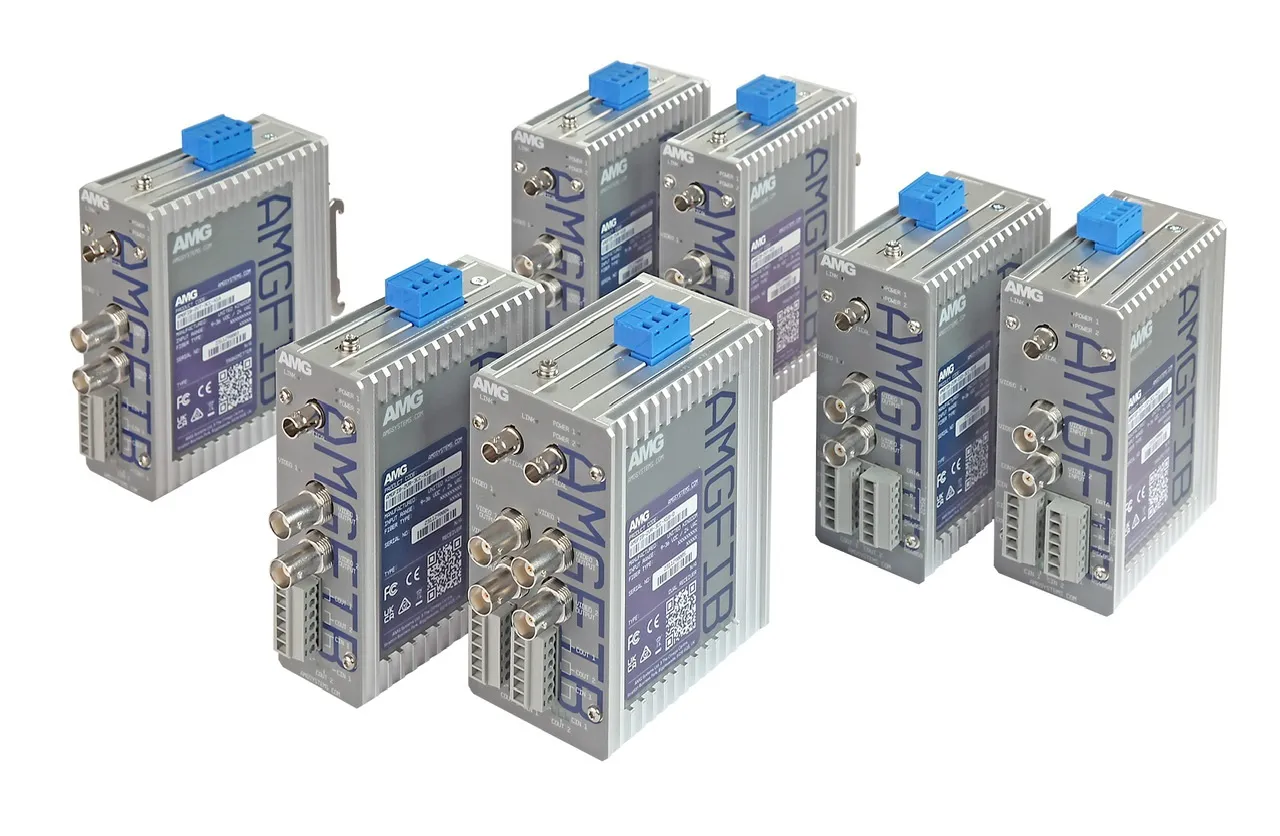Imaging products supplier Framos has appointed Chris Barrett vice president of sensor engineering. He has experience in engineering management, R&D and operations. Barrett has been co-CEO of International Datacasting, where he managed all operations and engineering including projects developing low latency high definition video solutions and a 4K decoder.
May 30, 2018
Read time: 1 min
Imaging products supplier
Barrett has been co-CEO of International Datacasting, where he managed all operations and engineering including projects developing low latency high definition video solutions and a 4K decoder.










